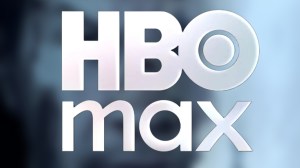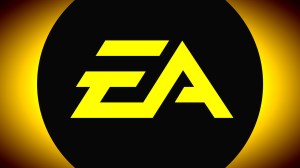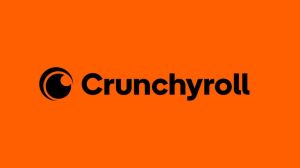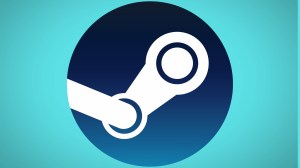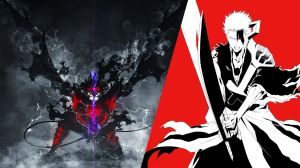Likely the biggest news to come out of Nintendo’s long-awaited Switch 2 Direct is that its games will now be retailing for $80 or potentially even $90. After the Direct concluded, Nintendo updated its website to reveal that Mario Kart World’s standard retail price will be that of $80 when it releases in June. Elsewhere, physical copies of the game have been listed for an equivalent of $90 in other regions. While it’s arguable that game prices have needed to increase in this manner for quite some time, what makes this transition that much more difficult for consumers is that it’s being pushed by Nintendo.
Videos by ComicBook.com
Compared to most other video game publishers over the past decade, Nintendo has seen a ton of success. In a time when companies like Ubisoft, Electronic Arts, Xbox, and PlayStation have been struggling to find a good balance of single-player and live-service releases, Nintendo has been able to sell over 67 million copies of Mario Kart 8 Deluxe, 47 million of Animal Crossing: New Horizons, and 35 million of Super Smash Bros. Ultimate, just to name a few. This is all in addition to well over 150 million combined sales for the Switch, Switch OLED, and Switch Lite family of systems. By just about every quantifiable metric, Nintendo has been the most successful video game company in the world since the Switch arrived in 2017.
What makes these achievements even more impressive is that Nintendo has been able to do all of this with hardware and software that is a bit dated. While PlayStation has constantly been trying to ratchet up what its consoles are capable of, most recently with the PS5 Pro, this seems to have come at the literal cost of development prices. Games like The Last of Us Part II, God of War Ragnarok, and Marvel’s Spider-Man 2 have cost hundreds of millions of dollars to create, which means that to even break even on these projects each game has to sell multiple millions of copies. Although Nintendo doesn’t release info on how much its first-party games cost to develop, it can be assumed that it’s far less than many other AAA publishers simply given that the tech it’s working with isn’t as cutting edge.
All of this is to say that Nintendo has had pretty stellar margins with its games throughout the Switch era. Selling over 60 million copies of a game would result in a massive payday for any publisher, but for Nintendo, it likely nets the Japanese tech giant even more. As a result, for Nintendo to now be the first gaming publisher that is looking to introduce an $80 price point for one of its games is nothing short of greedy.
What makes this price hike for Nintendo games even less palatable is that its games are often still lacking many basic features that have been seen across the industry for a decade or more. I mean, this is the company that dedicated roughly five minutes of its Direct today to talk about the wonders of “GameChat“, which is a new feature on the Nintendo Switch 2 that other platforms have had for nearly two decades. It also showed off a game streaming feature for Switch 2 that looked about as choppy and lackluster as it could be. For Nintendo to be hyping up these selling points of the Switch 2 and then looking to charge $80 or more for its games just leads to a natural disconnect with potential buyers.
I have no doubt that the quality of these games will still be high, especially in an era where so many other AAA titles ship in completely broken states. Still, there’s nothing about Mario Kart World that inherently screams it should retail for $80 from the eye test alone. By this same litmus test, if Rockstar Games came forward and said that Grand Theft Auto VI would retail for $80, most wouldn’t even bat an eye. Perhaps that’s an unfair distinction to make, but it’s one that makes it clear that consumers are always willing to pay more for something that feels state-of-the-art.
There’s always the chance that this $80 price for Mario Kart World is a one-off experiment from Nintendo and doesn’t become the new norm. As we’ve already seen with Donkey Kong Bananza, by comparison, that game will be launching at a value of $70 when it arrives in July. Nintendo hasn’t provided an explanation for why there is this price difference between the two, but a big part of it is likely rooted in the fact that Mario Kart World belongs to a far larger franchise that will sell at a higher clip. And for that reason alone, it really does feel like the price bump is more of Nintendo trying to take advantage of the situation it’s in than anything else.
On a long enough timeline, games are going to start consistently retailing for $80 or more; the worldwide economy is still a mess, inflation is still running rampant, and sales margins for many are far less than they once were. Now that Nintendo has been the first video game publisher to introduce this pricing scheme, others will surely follow in the months ahead. Still, even if this cost for games was an inevitability, Nintendo being the first to make the plunge into this territory feels like greediness at its finest until proven otherwise.


